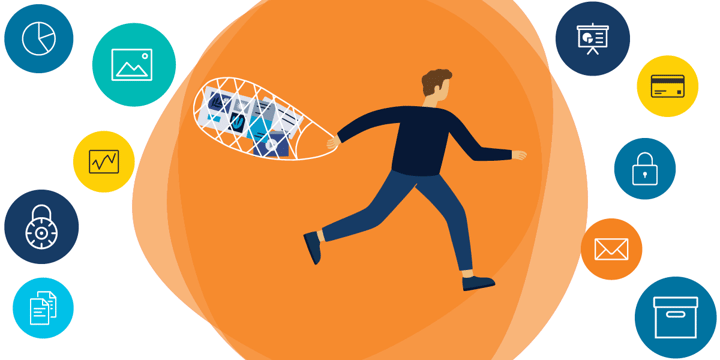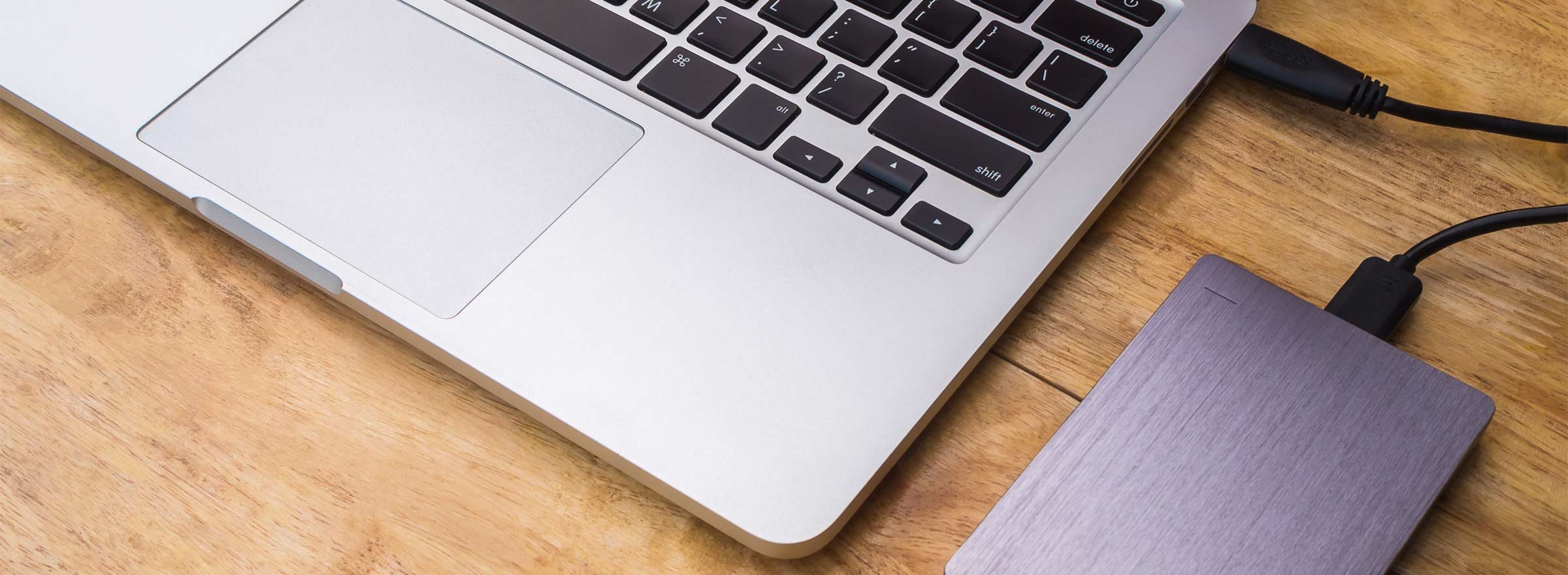As we watch whole communities burn in California and keep a watchful eye on storms developing in the Atlantic and Pacific oceans, it's time for all of us to develop an emergency evacuation plan. Because I live in an earthquake zone, I have a go-bag in my house with supplies like water, snack bars, flashlight, crank radio, map, and cash. I also keep a list of all the things I'll need to grab from around my house if we need to evacuate quickly.
Nonprofits need go-bags too, and what's in that go-bag can depend on what kind of nonprofit you are and whether you're able to operate remotely. But generally a go-bag (also sometimes called a disaster box, which is much scarier sounding) is a compilation of critical information about your organization, operations, and staff. It should enable you to set up shop elsewhere if your normal place of operation becomes inaccessible. So as promised in our last blog post on nonprofit disaster preparedness, here's some guidance to get you started on your organization's own go-bag.

What's in a Go-Bag
Your go-bag should contain all the key information that is core to your nonprofit's operations. Below is a high-level overview of the categories of information you need to include.
Note: Your go-bag should contain copies of original documents. Leave the originals in your files. Documents that are only in electronic form should be printed out to be included in the go-bag.
- Organizational Documents that prove your organization's legal status and provide basic operational rules and policies, including policies and procedures specific to emergencies.
- Program Administration Documents containing your financial statements and information, legal agreements, and personnel information. You will need these to access your bank accounts, file insurance claims, and be able to resume operations remotely.
- Communications and Contact Information, composed of both your internal and external disaster communications plan and the contact information needed to support that plan. You will need information for
- Employees and staff
- Key board members
- Funders
- Office and facilities management
- Service providers to your organization
- Clients or program recipients (particularly important for human services organizations)
- Technology and Facilities Information, including inventories of your computers, networking equipment, and other equipment and a photographic or video record of everything in your office. Include information about your data backup or an actual copy of all operationally critical data. Also have information about your software licenses.
And you want to include your go-bag checklist in your go-bag so that when you go to update it later on, you have a complete list of what's already included.
Downloadable Planning Forms
Here are four forms you can download to help you with your planning.
- Disaster Go-Bag Checklist (Word)
- Emergency Business Services Contact Information (Excel)
- Emergency Employee Board Contact Information (Excel)
- Technology Equipment Inventory (Excel)
Where to Keep Your Go-Bag
You should have multiple copies of the contents of your go-bag. TechSoup recommends two hard copies and one electronic copy.
For the hard copies, one set should be stored in the office. Keep it someplace out of the way like a shelf in a closet (not on the floor if you're in a flood zone), but easy to grab if you have to get out quickly. The second set of copies should be stored off-site, someplace like the home of the executive director or a board member. It should be someplace that can be accessed relatively easily if the go-bag in the office is left behind accidentally. The idea is to have multiple copies that can be accessed should key staff be unavailable.
The electronic version of your go-bag should ideally be in the cloud. TechSoup recommends several cloud-based document storage systems. SharePoint Online is good if your organization is using Office 365. Box is particularly great for organizations with 10 or fewer staff. If you use Google Drive, make sure your organization is using the free nonprofit business version, not the free consumer version.
The electronic version in the cloud should have its permissions restricted to a few key staff or board members because of the sensitive information it contains. Some organizations also store an electronic copy of their go-bag on a USB flash drive. You can include the drive with your hard-copy version, but don't make it your only version.
Getting Started and Keeping It Updated
"This is really overwhelming, and I just don't have time for it."
Feeling overwhelmed is a pretty common sentiment. Here are some tips to get started:
- Add it to the job responsibilities and annual objectives of one person in your organization.
- Give them a reasonable deadline to get it assembled.
- Use accordion folders or 3-ring binders to organize all the papers.
- Buy a box or bag that is big enough to hold everything, can be grabbed and carried easily in case of evacuation, and is watertight.
Once you have your go-bag put together (congratulations!), it's equally important to keep it updated. We recommend updating it at least once a year, but more ideally twice a year, depending on how much your organizational information changes over time. Here are a couple of pointers for making that happen:
- Block time in the calendar for the key staff needed to update your go-bag.
- Hold a go-bag update event, either with internal staff or together with other organizations you work with closely, so that you're all doing it together (and giving each other new ideas in addition to moral support).
As for the actual updating process, we also recommend starting just with your checklist to figure out which items need to be updated. For electronic records, replace or overwrite the electronic files with the updated versions. For the hard copies, gather all the updated documents together in the office and bring them to the go-bag location and add them to the bag. Don't bring off-site go-bags into the office if you can help it: We all know how easy it is to forget to take it back off-site again!
A Note on Go-Bag Security
If you've read this far, you've understood that your go-bag is going to contain some pretty sensitive information — about your staff, your finances, your donors, and those you serve. So you must protect the electronic copies of the information with a password or restrict access to only key staff. For your hard-copy versions, put them in a bag or box that you can physically lock.
I hope this has inspired you to get going on creating or updating your own go-bag. Make it your New Year's resolution for 2020! And stay tuned for our next disaster preparedness installment on how to put together a disaster communications plan, coming soon.
We'd like to thank the Louisiana Association of Nonprofit Organizations for their generous contribution of research and information for this blog post.
Additional Resources
- Learn more about Essential Security Resources for Nonprofits.
- Check out TechSoup Courses' Cybersecurity Bundle.








